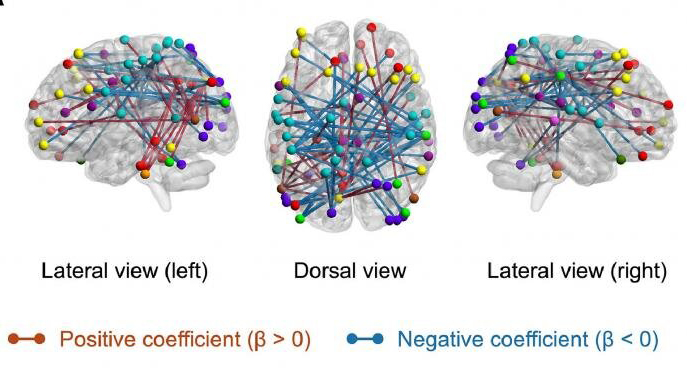Tuesday, 15 March 2022
Exercising in childhood appears to have positive effects throughout life
 In the northern hemisphere, spring and summer are finally approaching, and I advise everyone who lives here to take advantage of the increased opportunities to get out in nature for their exercise. Because if there’s one thing that’s been very well established scientifically, it’s that physical exercise has positive effects on all of our bodily functions, including the cognitive ones. I’ve posted about this topic here for example in 2017, so today I’ll keep up the tradition and tell you about a recent study by Toru Ishihara and his team at Kobe University in Japan, about how childhood exercise can maintain and promote cognitive function in later life.
In the northern hemisphere, spring and summer are finally approaching, and I advise everyone who lives here to take advantage of the increased opportunities to get out in nature for their exercise. Because if there’s one thing that’s been very well established scientifically, it’s that physical exercise has positive effects on all of our bodily functions, including the cognitive ones. I’ve posted about this topic here for example in 2017, so today I’ll keep up the tradition and tell you about a recent study by Toru Ishihara and his team at Kobe University in Japan, about how childhood exercise can maintain and promote cognitive function in later life.
For decades, scientists have known that the amount of exercise that people get in childhood affects the development of their cognitive functions. More recently, researchers had also determined that the benefits of exercising from birth to age 12 can be felt throughout a person’s adult life. But little was known about the structural and functional changes associated with these lasting benefits. These changes are what Professor Ishihara and his team decided to explore.
Their study, entitled “Childhood exercise predicts response inhibition in later life via changes in brain connectivity and structure,” examined a specific cognitive phenomenon: the ability to inhibit an erroneous “go” response to a “no-go” stimulus in what what behavioural scientists call a go/no-go task. Ishihara’s research team had 214 subjects ranging in age from 26 to 69 complete a questionnaire reporting on their exercise habits throughout their lives. The researchers also captured magnetic-resonance images of the subjects’ brains in various ways that determined their connectivity not only structurally (anatomically) but also functionally—in other words, which brain networks the subjects actually used most often. And lastly, the researchers tested all of the subjects’ ability to suppress “go” responses to “no-go” stimuli (also known as “false-alarm” responses) when performing a go/no-go task.
The researchers found a positive correlation between subjects’ having exercised in childhood and their ability to suppress “false-alarm” responses. The researchers found no such correlation, however, among subjects who started exercising in adolescence or later in life. The brain scans of those subjects who had exercised in childhood and were better at suppressing “false-alarm” responses showed less structural and functional connectivity in the frontoparietal (FPN), cingulo-opercular (CON), and default mode networks (DMN), but more structural connectivity between the two hemispheres of the brain. These subjects also displayed greater cortical thickness and lower levels of dendritic arborization and density in these three networks. I won’t try to interpret these results in any more scientific detail here, but suffice it to say that as children interact with their environment, they do a lot of their learning by “pruning” neural connections that have proven less useful, which might explain the reduced connectivity in the three networks mentioned here. Sometimes, having fewer synapses means that the ones that are left can be more efficient.
Body Movement and the Brain | Comments Closed







